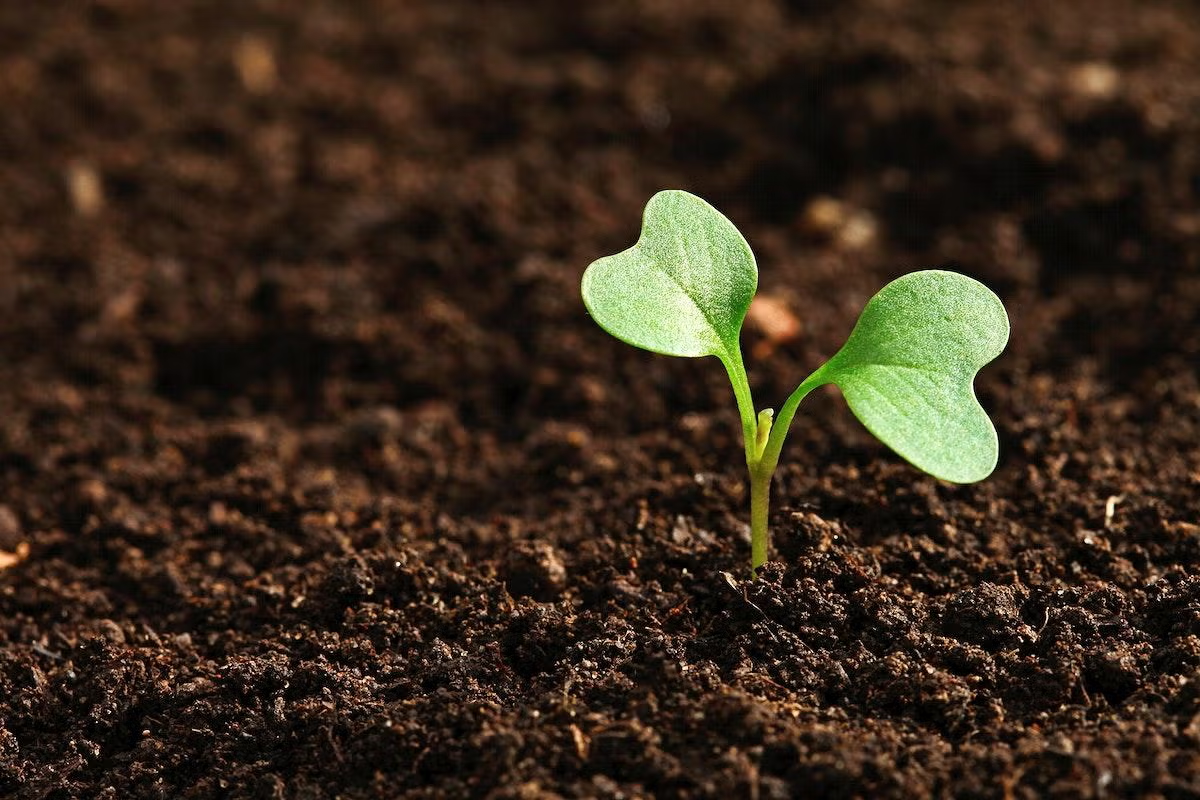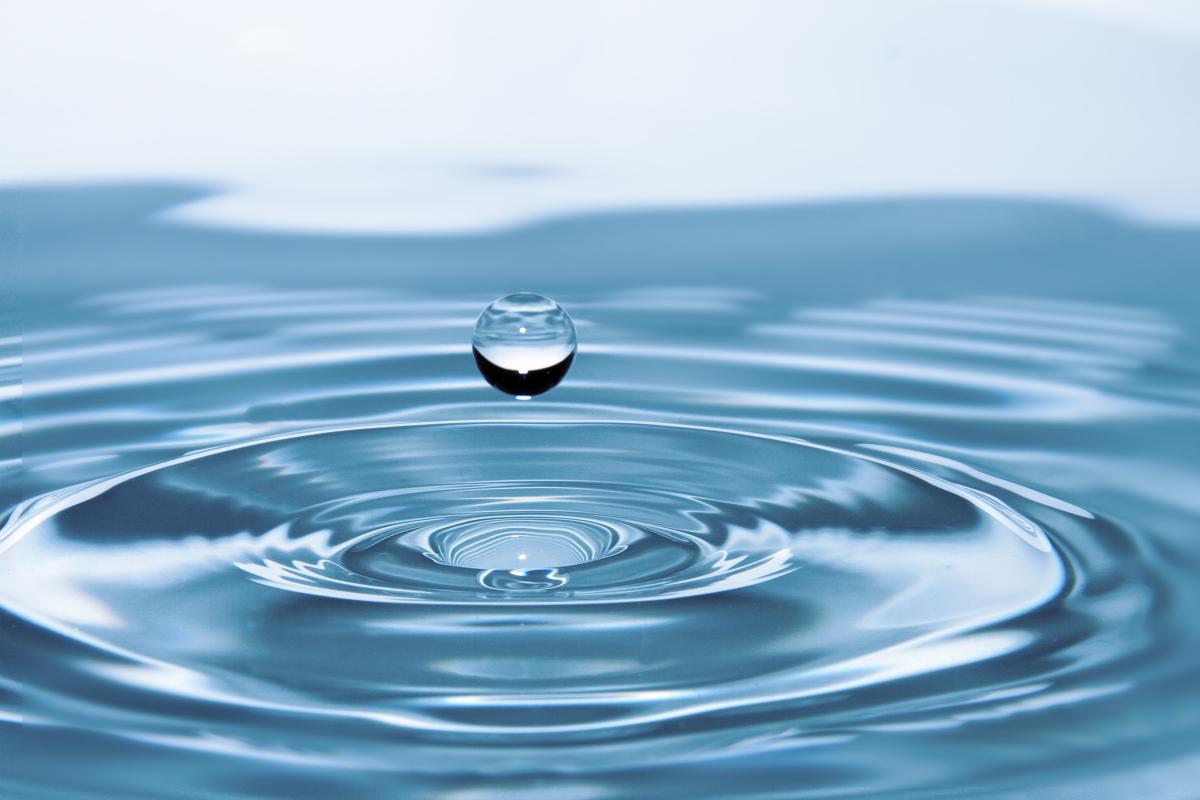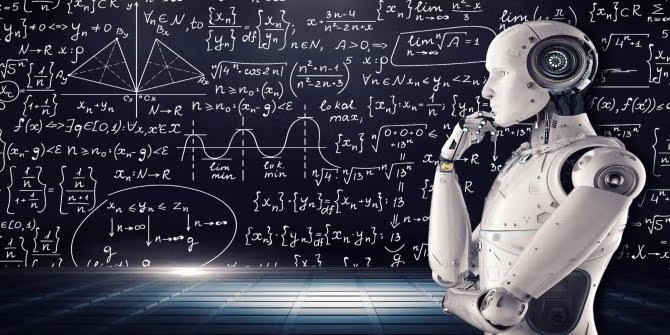
In this parts of a plant lesson students will be able to identify and describe the basic parts of a plant. Students will learn about seeds, roots, stems, leaves, flowers and fruit. Epics books will be

In this lesson, students will embark on an exciting exploration of greenhouses. They will discover how greenhouses provide a special environment for plants to grow by letting in sunlight and trapping

How could a zombie outbreak happen? In this lab, students will observe how quickly an unknown disease can spread by mixing water from a cup with their peers' water. Contaminated students have iodine

This lesson plan will encourage students to reconstruct one of the most ancient engineering designs. Not only will they explore how canals have shaped human survival, but also how we continue to use

In this lesson, students will learn about the role of a pollinator. They will have the opportunity to practice being a bee using their proboscis, wrapped candy and cheese balls.

In this lesson, students will get creative with materials to rescue an unfortunate worm. After completing this activity students will have a much better concept of what the 'T" in STEM really means

In this 7 week unit, students will utilize resources around them to create a garden for a culminating taco party! Students will work on science, math, and ELA within the unit. Feel free to host this

This design challenge was open for any interested students from grades 9-12. Students met afterschool over the course of the second semester. This is the 3rd sequence lesson in a set of 4. This lesson

This is the 3rd part of the lesson series where students will determine the thrust and stability of their water bottle rockets to answer their essential question: Using the Design Process how can we

In this lesson, students will be learning about solar energy and how it may be used to solve problems. After reading and comparing two texts about solar energy, students will use simple materials to

Understanding and studying energy transfer produced by molecules collisions can be difficult and abstract for them. To make it easier for them to visualize, creating a Newton's Cradle will help them


It's LEGO time! In this hands-on lesson, students design robot cars that can park themselves safely without driver intervention. This can be done with LEGO EV3 or Spike Prime robots. Let the challenge

This design challenge was open for any interested students from grades 9-12. Students met afterschool over the course of the second semester. This is the 4th sequence of lessons in a set of 4. This

This lesson is from Arizona Game and Fish Department. The lesson has students look at data on elk-vehicle collisions on State Route 260. The road is being widened to a two-lane divided road with elk

This lesson plan explores the science of natural disasters such as hurricanes, tornadoes, earthquakes, and volcanoes, and hurricanes. It is a lesson that would help enhance student's vocabulary and

Students will brainstorm, and make predictions of why an airplane can fly. The teacher will present the knowledge of aerodynamics to the students using video , and giving them opportunity to process

This lesson is part one of four lessons, which will culminate in the flight of drones built by the students. Lesson 1: SOAR focuses on social-emotional learning (SEL), noticing and wondering, and the

This lesson is part two of four lessons, which will culminate in the flight of drones built by the students. Lesson 2: Harmony focuses on how stakeholders work together to ensure safety, mobility, and

This lesson is part three of four lessons, which culminate in the flight of drones built by the students. Lesson 3: Max Axiom, STEM Adventurer focuses on commercial, scientific, and government drones

This lesson is part four of four lessons, which culminates in the flight of drones built by the students. Lesson 4: FLY focuses on the controller pairing and functions, troubleshooting possible

As an intro to Thermal Energy, students are challenged to create a warmer that will keep my coffee warm. Students project will be tested in class, data will be collected, compared, and graphed.

This lesson plan will help students gather and analyze data from a climate of a small-scale area such as the football field, parking lot and botanical garden.

This challenge focuses on teamwork and the engineering process. Students will work in groups of 3-4 to research, design, build, test, and reflect upon their cooling structure. Work will be completed


